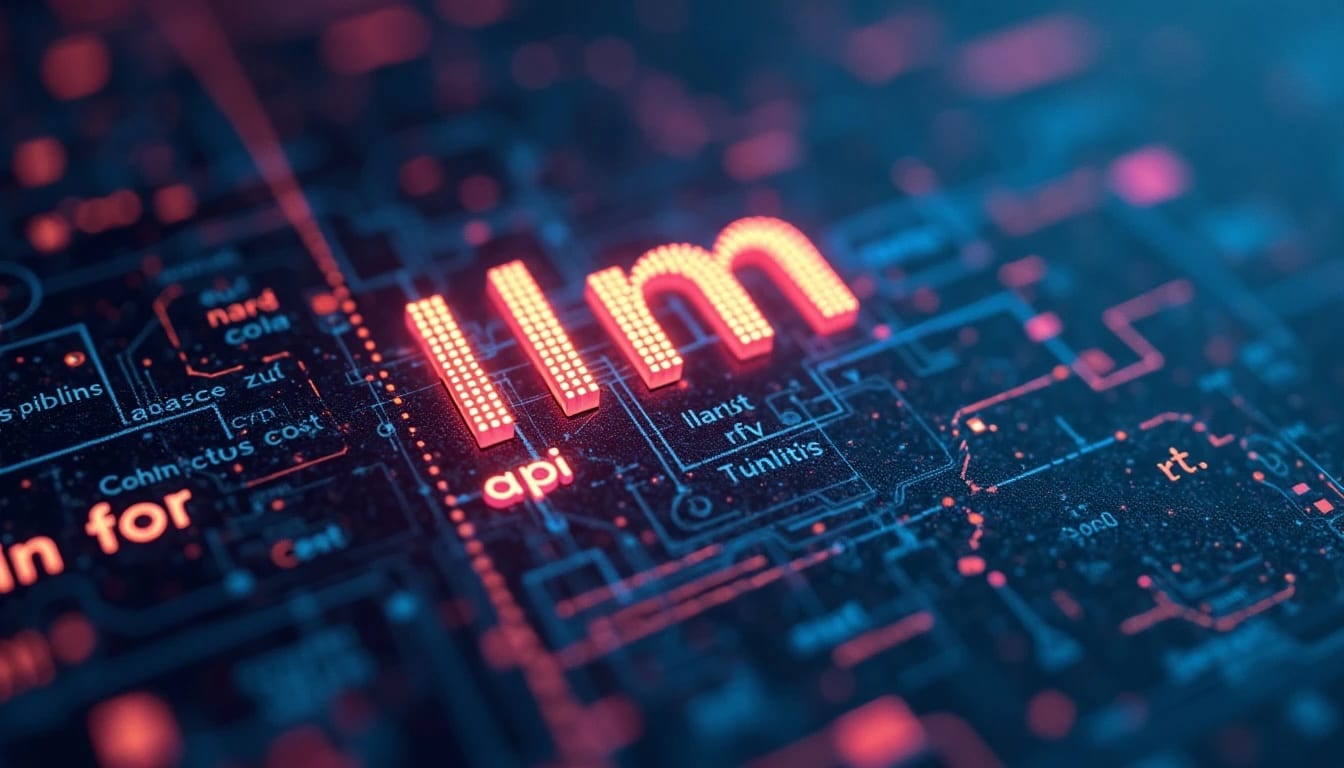The generative artificial intelligence revolution shows no signs of slowing down. As businesses, governments, and citizens discover its transformative potential, the debate on how to create more accessible, safe, and sustainable AI continues to grow. It is precisely at this juncture that open-source large language models (LLMs) are making a difference.
Far from being mere imitations of proprietary giants like ChatGPT (OpenAI) or Gemini (Google), open LLMs are proving to be a unique force for innovation, capable of competing with—and in some cases surpassing—their commercial counterparts.
Beyond the hype: Why choose an open model?
Open-source models have transitioned from a marginal option to a strategic pillar for those seeking transparency, control, and cost-efficiency in developing AI-based solutions. In contrast to the secrecy of proprietary models, open LLMs allow developers to access the source code, tailor the model to their specific needs, and audit its behavior.
But there’s more: these models are helping to reduce the environmental footprint of AI by promoting more efficient training and model reuse, enabling public institutions, educational entities, and SMEs to harness the power of AI without relying on large platforms.
The new leader of 2025: DeepSeek‑V3
In May 2025, the landscape shifted dramatically with the arrival of DeepSeek‑V3, developed by the Chinese laboratory DeepSeek AI. This model has quickly climbed to the top spot in the Chatbot Arena rankings, surpassing heavyweight competitors such as Qwen 3 (Alibaba) and LLaMA 3.1 (Meta).
What sets DeepSeek‑V3 apart is its explicit focus on autonomous reasoning, a key capability for complex tasks in professional environments. Moreover, it has been trained with remarkable efficiency, challenging the notion that only big tech companies can lead the development of cutting-edge AI.
“The emergence of DeepSeek‑V3 shows that technical excellence is not exclusive to industry giants. Open source is creating a new balance of power in artificial intelligence,” comments a researcher in algorithmic ethics and governance.
Other key models to watch in 2025
The diversity of available open-source models allows for selection based on use cases, available resources, and deployment environments. Here are some of the most relevant in 2025:
| Model | Developing Entity | Key Features |
|---|---|---|
| DeepSeek‑V3 | DeepSeek AI | #1 in Chatbot Arena, focus on reasoning |
| Qwen 3 | Alibaba Cloud | Multimodal (text, image, audio), 235B parameters |
| LLaMA 3.1 | Meta | 405B parameters, multilingual support |
| Mistral Medium 3 | Mistral AI | Compact, high performance, commercial-friendly |
| OpenChat 3.5 | Open-source community | Highly efficient, ideal for private fine-tuning |
| Gemma 2 | Google (open release) | Focused on compatibility and tools |
| Nous Hermes 2 | Nous Research | Detailed instructions, precise conversation |
| Yi-34B | 01.AI (Kai-Fu Lee) | Outstanding multilingual performance |
| OLMo 7B | Allen Institute | Ethically designed, with open license (Apache) |
What advantages do open-source LLMs offer?
- Data privacy: Executing in controlled environments allows companies to ensure that sensitive data does not leave their infrastructure.
- Lower long-term costs: Although initial training can be expensive, many models are already pretrained and available for specific tasks without license fees.
- Adaptability: It is possible to customize the model with internal data, fine-tuning its performance without starting from scratch.
- Transparency and governance: Ideal for regulated or public environments where internal functioning must be auditable.
- Sustainability: Encourages more responsible use of energy resources by enabling lightweight, demand-adapted deployments.
How to choose the right model
Before adopting an open-source LLM, experts recommend considering:
- The model’s size and its operating costs.
- The support from the community or the organization behind the model.
- The usage license (not all open-source models allow unrestricted commercial use).
- The availability of tools for fine-tuning or integration.
Training the team is key
A transformative technology like LLMs cannot simply be adopted with software. It also requires an investment in training. Platforms like Hugging Face, DataCamp, or Fast.ai offer updated courses and resources for both technical and non-technical professionals. AI literacy will increasingly become a basic competency in any sector.
The future is open, but it demands responsibility
Code openness does not equate to consequence-free use. Experts warn that open models must be used with the same ethical responsibility as commercial ones: evaluating biases, limitations, social impact, and sustainability.
“Democratizing AI does not mean open season. It means shared responsibility,” warns David Carrero, cloud computing and digital infrastructure expert, co-founder of Stackscale (Grupo Aire).
In summary
2025 marks a turning point: open-source LLMs have matured, offering a unique balance of performance, customization, and technological sovereignty. For businesses, public administrations, and independent developers, they represent a real opportunity to board the AI train without losing control of the journey.
via: AI News

